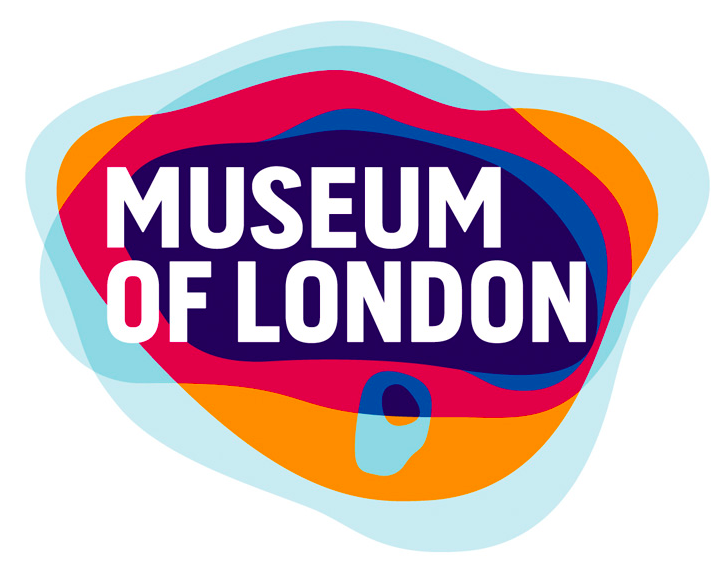Barbican Centre
The Barbican Estate is a residential estate built during the 1960s and the 1970s in the City of London, in an area once devastated by World War II bombings and today densely populated by financial institutions. It contains the Barbican Arts Centre, the Museum of London, the Guildhall School of Music and Drama, the Barbican public library, the City of London School for Girls, forming the Barbican Complex. The Barbican Complex is a prominent example of British brutalist architecture and is Grade II listed as a whole with the exception of the late Milton Court. Milton Court once contained a fire station, medical facilities and some flats and was demolished to allow the construction of a new apartment complex which also contains additional facilities for the Guildhall School of Music and Drama. Theatre The Barbican Centre is a performing arts centre in the City of London, England, and is the largest of its type in Europe. The Centre hosts classical and contemporary music concerts, theatre performances, film screenings and art exhibitions.
Wikipedia Address: Barbican Centre, Silk St, London, Greater London EC2Y 8DS
Opened: 1982
Architectural style: Brutalist architecture
Phone: 020 7628 3351
Owner: City of London
Museum Of London
The Museum of London documents the history of London from prehistoric to modern times. The museum is located on London Wall, close to the Barbican Centre as part of the striking Barbican complex of buildings created in the 1960s and 1970s as an innovative approach to re-development within a bomb-damaged area of the City of London.
It is a few minutes' walk north of St Paul's Cathedral, overlooking the remains of the Roman city wall and on the edge of the oldest part of London, now its main financial district. It is primarily concerned with the social history of London and its inhabitants throughout time. The museum is jointly controlled and funded by the City of London Corporation and the Greater London Authority.
Address: 150 London Wall, London, Greater London EC2Y 5HN, United Kingdom Opened: 1976 Hours: Monday hours 10:00 am–6:00 pm - See all Phone: +44 20 7001 9844 Function: Museum Architects: Philip Powell, Hidalgo Moya
One New Change
One New Change is a major office and retail development in London, United Kingdom. It comprises 560,000 square feet (52,000 m2) of floor space, including 220,000 square feet (20,000 m2) of retail space and 330,000 square feet (31,000 m2) of office space and is the only large shopping centre in the City of London.
The historic nucleus and modern financial centre of London. It cost £500 million to build and was completed in October 2010. The complex is located on New Change, a road linking Cannon Street with Cheapside, in one of the areas of the City historically associated with retailing and markets.
It is close to St. Paul's Cathedral. The nearest London Underground stations are St. Paul's and Mansion House.
St Pauls Cathedral
St Paul's Cathedral, London, is a Church of England cathedral, the seat of the Bishop of London and mother church of the Diocese of London. It sits at the top of Ludgate Hill, the highest point in the City of London. Its dedication to Paul the Apostle dates back to the original church on this site, founded in AD 604. The present church, dating from the late 17th century, was designed in the English Baroque style by Sir Christopher Wren. Its construction, completed within Wren's lifetime, was part of a major rebuilding program which took place in the city after the Great Fire of London.
The cathedral is one of the most famous and most recognisable sights of London, with its dome, framed by the spires of Wren's City churches, dominating the skyline for 300 years. At 365 feet (111 m) high, it was the tallest building in London from 1710 to 1962, and its dome is also among the highest in the world. In terms of area, St Paul's is the second largest church building in the United Kingdom after Liverpool Cathedral. St Paul's Cathedral occupies a significant place in the national identity of the English population.
It is the central subject of much promotional material, as well as postcard images of the dome standing tall, surrounded by the smoke and fire of the Blitz. Important services held at St Paul's include the funerals of Lord Nelson, the Duke of Wellington, Sir Winston Churchill and Margaret Thatcher; Jubilee celebrations for Queen Victoria; peace services marking the end of the First and Second World Wars; the wedding of Charles, Prince of Wales, and Lady Diana Spencer, the launch of the Festival of Britain and the thanksgiving services for the Golden Jubilee, the 80th Birthday and the Diamond Jubilee of Elizabeth II. St Paul's Cathedral is a busy working church, with hourly prayer and daily services





